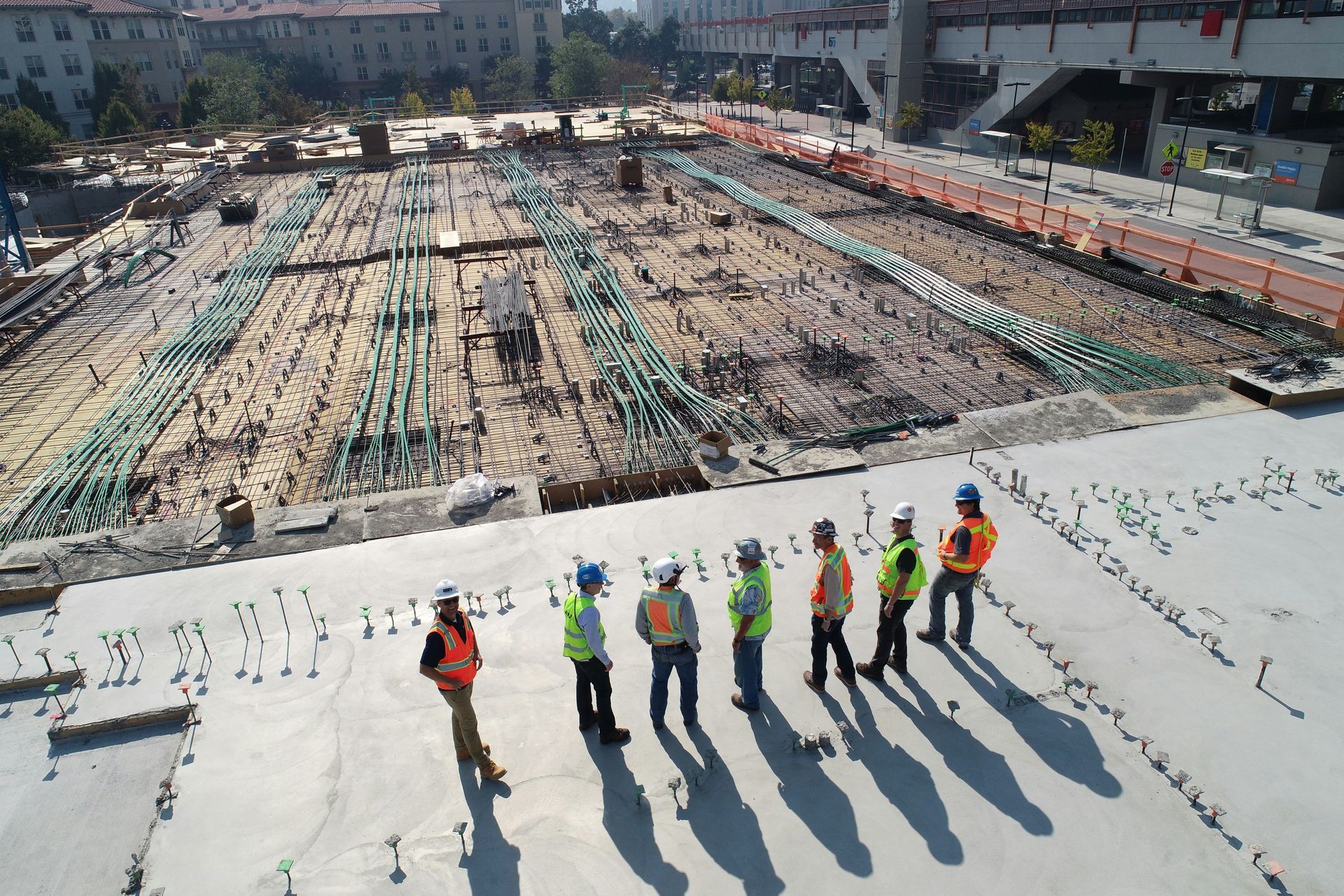Want a Safer Jobsite This Quarter? Steal These 5 High-Impact Tactics
Here’s how to embed safety culture in construction so deeply that it's as routine as clocking in.

The best safety management programs in construction aren't reactive—they’re cultural. These programs are built and reinforced by leaders who oversee daily behaviors, facilitate crew conversations, and adopt a leadership style that insists on excellence.
Those who excel at construction safety leadership consistently outperform peers in productivity, crew morale, and project outcomes. But that edge doesn’t come from manuals or safety posters. It comes from embedding safety culture in construction into the fabric of everyday behavior.
Here are five behavior-driven, high-impact tactics that will sharpen your jobsite safety strategies, elevate your crew’s awareness, and keep injuries—and costs—down.
1. Lead From the Frontlines with Proactive Safety Leadership
Safety starts with leadership that walks the talk—literally. Daily jobsite walkthroughs by supervisors or project managers send a clear message: safety is the top priority. These leadership engagements also encourage frontline crews to take ownership and speak up when something feels off.
Safety Culture Action Plan:
- Conduct daily safety walks using a consistent checklist for hazard identification in construction.
- Initiate direct conversations with workers—“What’s the riskiest task today?” is a powerful opener.
- Reinforce safe practices publicly; correct unsafe behaviors privately and constructively.
- Share patterns and trends from observations during
team huddles to drive improvement.
Why it matters: Leadership visibility reinforces the expectation that everyone—from top brass to apprentices—is accountable for safety.
2. Implement Peer Observation to Drive Safe Habits
You don’t need expensive tools to transform safety—just people who are trained to observe, communicate, and correct behaviors in the moment. Peer observation programs build shared responsibility for safety. They also empower crews to intervene before hazards become incidents.
Behavior-Based Tactics:
- Train select crew members as peer safety observers to monitor high-risk tasks.
- Encourage workers to give and receive feedback using simple, agreed-upon language.
- Introduce “two-minute safety talks” where teams identify one behavioral risk before starting work.
- Rotate peer observer roles weekly to spread ownership across the team.
When peers hold each other accountable, safety becomes part of the crew’s identity—not just management’s responsibility.
3. Enforce PPE Compliance with Structure and Follow-Through
Construction PPE compliance isn’t just about issuing gear. It’s about creating habits. Reinforce the importance of personal protective equipment through structure, repetition, and cultural expectations.
Best Practices:
- Incorporate PPE checks into daily morning huddles.
- Conduct random audits and immediately address lapses.
- Discuss PPE violations in a coaching tone, not a punitive one.
- Recognize consistent compliance at team meetings or with small crew incentives.
Workers respond to environments where safety rules are predictable, enforced, and fair—especially when feedback is constructive.
4. Use Visual Pre-Task Planning to Uncover Hidden Risks
Before the first tool is picked up, safety should be front and center. Structured pre-task planning (PTP) conversations are powerful behavioral tools that set the tone for every shift. When crews visualize the task and anticipate risks together, they reduce the likelihood of complacency or shortcuts.
Behavior-Based Risk Management:
- Use a visual board to walk through the day's scope and potential hazards.
- Ask the crew to name the “most likely way someone could get hurt today.”
- Assign a rotating safety lead for each crew to ensure PTPs stay consistent and worker-led.
- Document each session and share standout insights across teams.
Visualizing the job before it starts engages both muscle memory and mental focus—two key ingredients in safer execution.
5. Normalize Near-Miss Reporting and Build Feedback Loops
Many of the biggest construction disasters started with a small warning—a slip, a spark, a loose bolt. Encouraging near-miss reporting in construction turns your workforce into a 360-degree safety surveillance system. Always be sure to respond quickly and constructively.
Behavior-Driven Reporting Culture:
- Remove blame: Remind crews that near-misses are lessons, not liabilities.
- Create a fast, low-friction reporting process—verbal, whiteboard, or simple forms.
- Highlight the value of reporting during daily huddles or toolbox talks.
- Use feedback loops: “Here’s what changed because of a report last week…”
Near-miss reporting empowers crews to speak up before an injury occurs, and gives leadership a pulse on emerging risks.
Take the Next Step Toward a Safer, Stronger Jobsite
You’ve got the vision. Your team has the potential. Now bring it all together with the right support.
YellowBird connects forward-thinking construction leaders with a nationwide network of 6,500+ vetted safety professionals, ready when you need them. From running
comprehensive construction safety audits to filling
short- or long-term safety roles, YellowBird is your flexible, on-call partner in building a safer future.
Contact us today, or
match with an expert.

